Lee Kuen
The world is on fire, under water, and in trouble. The recent Intergovernmental Panel on Climate Change (IPCC) report states that climate change is widespread, rapid, and intensifying, a fact that we’ve been witnessing these past few months of raging wildlifes, massive floods and intense heatwaves across the world. It is clear, things could get very much worse if we do not take urgent action now.
In conjunction with World Photography Day, we have an updated conversation with photographers and an editor about photography and its role in talking about the urgency of the climate crisis. How do we visually communicate the climate emergency? What makes an impact? Can photography help to raise awareness of the climate crisis?
There is no denying the power of photography as a universal medium of communication, one that transcends language and cultural barriers. And the planet needs everyone on board in the fight against climate change. These dedicated photographers and editor share with us how through images, we can see the planet’s vulnerable beauty as well as the devastating impact of our actions and what we could potentially lose without immediate, direct action.
Esther Horvath, Photographer
Esther Horvath’s first expedition to Antarctica was with the US Coast Guard’s icebreaker Healy in 2015, when she developed a deep love for the environment and decided to dedicate her work to documenting the polar regions.
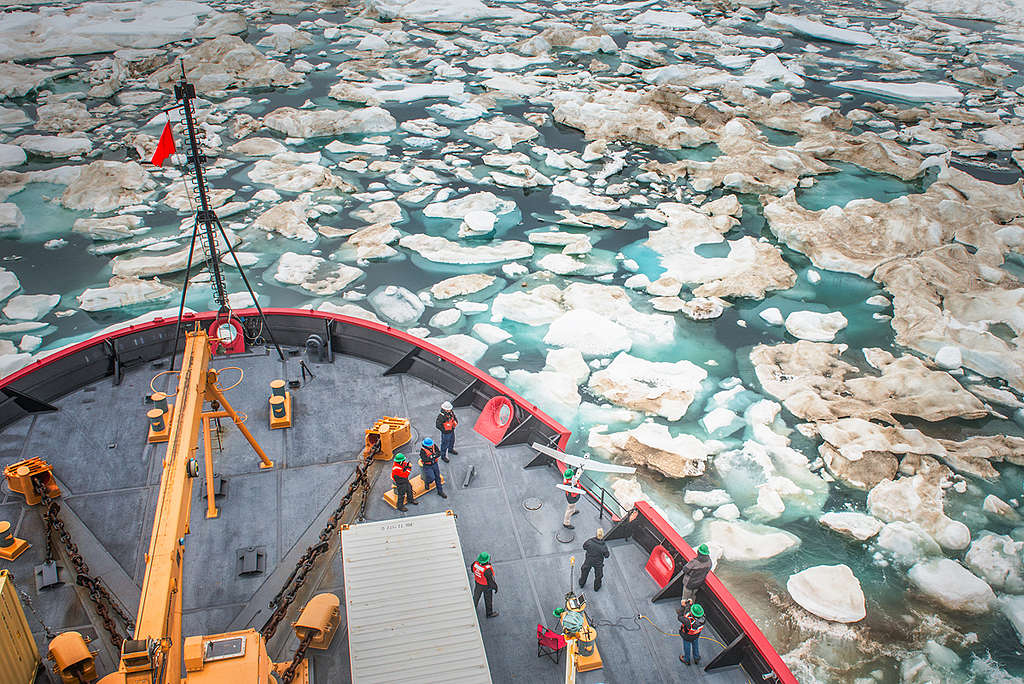
Everyone has a different angle working with climate change. Mine is working with scientists. All of us know that the Arctic Ocean is melting and that the average temperature changes two to three times faster than the rest of the planet. But I always raise this question: how do we know this? How do we know all this climate data through reading the news that we know about?
My angle is documenting the work of the scientists and based on their dedicated long-term work, we have this scientific data. It is difficult to document the change itself because you can’t document it on one specific day unless you photograph the same place, the same glacier over a period of time, which is not what I’m doing. I talk about climate change through scientific work. In my text, I write about their findings.
Because I’m focusing on the lives of scientists and how they work and live, I feel I can bring the human aspect closer to the audience. In this remote location, there is no Internet, no TV and radio, so I ask, what do they do with their spare time? In one way, these scientists are like heroes to me, going to these remote locations and dedicating their lives to working there. But at the same time, they are normal people, just like us, and I wanted to show this side of them.
My goal is to raise awareness about the situation, that these changes are accelerating in the Arctic and for people to understand that even though it is far away, everything that happens there will impact their lives, wherever they live on this planet. I want to bring about positive changes in the lives of individuals and also to bring the work to politicians and decision-makers so that they will go in a positive direction. My goal is to trigger positive changes for the future of our planet.
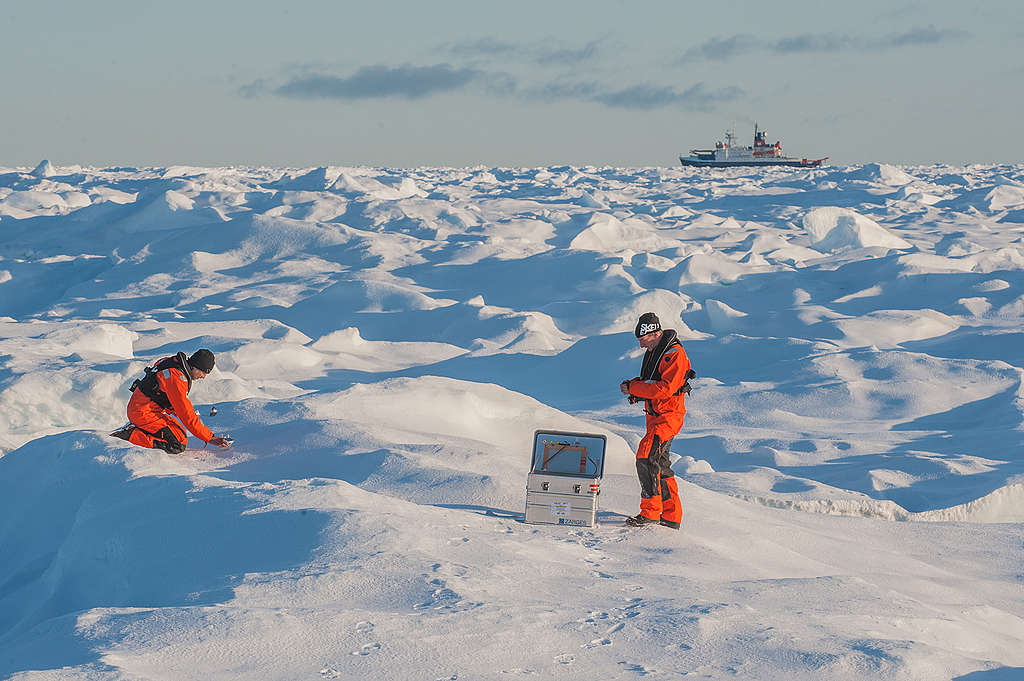
Sudhanshu Malhotra, Multimedia Editor, Greenpeace
Things are changing rapidly. Seeing floods and wildfires in all parts of the world in the last few months have been a wake up call. It’s an emergency and should be treated like an emergency. At Greenpeace, one of our core values is to bear witness, that was how we started in the 1970s. That is something we try to do – record, document and bear witness to events. Collectively, we should not forget.
We are not trying to shock our audience with horrible images that sensationalise but in a softer way, tell them what the reality is. When I was editing images from the Australian bushfire last year, there were a lot of horrible images of badly burnt or charred wildlife. We had to consciously not select those images because the images should tell a story while keeping in mind that we want to engage people, not scare them. An image has to be honest and also inviting. For us, the photographs that generate an emotion and invite people to engage are more important than shocking them. There has to be an energy in the image that attracts or intrigues you, an invitation for you to read or know more.
In the last five years, there’s been a big shift in perspective on environmental photography. Something that might have been on page eight of a newspaper has moved to the front page. There has also been a shift in the attitude of editors and photographers about climate change, an issue which has become mainstream.
Whether it is climate change or human rights or any issue, photography is a conversation starter. You can’t expect more than that, that might be too much. The role of photography is to start a conversation so that people can start talking about what is happening and wanting to know more. It has the ability to create a chain reaction. A strong image can stay long in our memories and has a strong recall value. It stays with us.
Solmaz Daryani, Photographer
In 2015, Solmaz Daryani started photographing Lake Urmia in Iran, where she spent her childhood summers and holidays while visiting her grandparents. Once one of the biggest saltwater lakes in the world, the lake has now shrunk to a fraction of its original size.
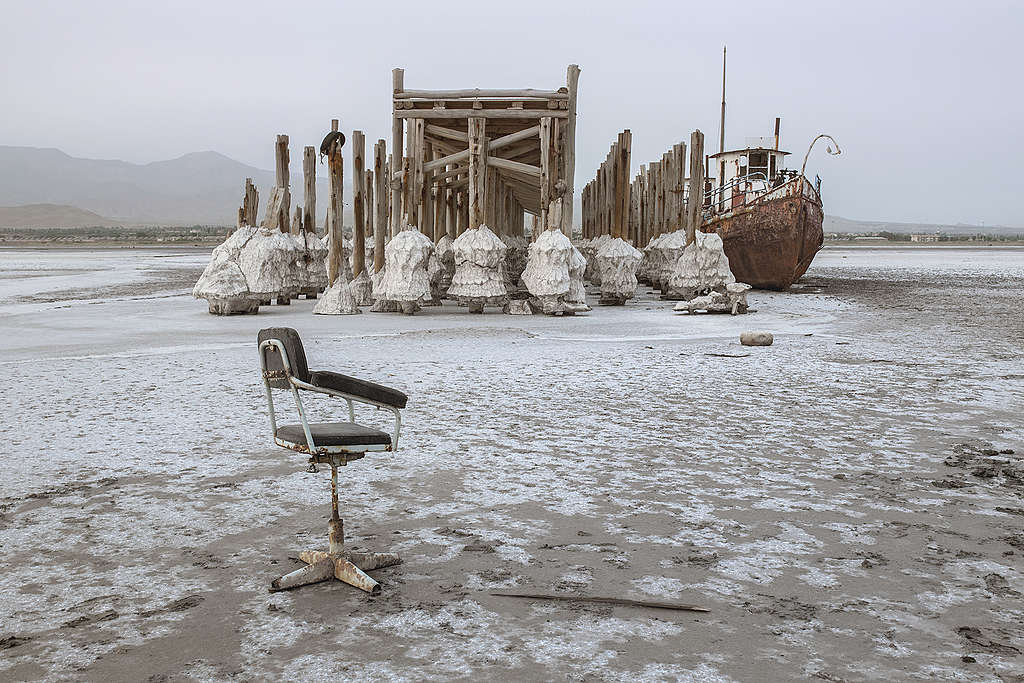
I remember when I first started photography, people would question why I was taking pictures, if it will change anything. But I have witnessed over these six years of doing this story, how people have gotten more aware of climate change and the harm they are doing to the environment.
I think that photographs, movies and documentaries have a very important impact, at least to make people think about, and acknowledge, climate change. In 2015, Leonardo de Caprio shared one of my photos of Lake Urmia on his Instagram, addressing the issue of the lake. It had a huge impact on the people in Iran that a celebrity outside of the country actually cared about the issue. After that, I understood the power of the image and how it can change people’s perceptions.
I’m not trying to prove that climate change exists. There are numerous scientific proof and articles about it. I want to connect with the work through personal stories. By using the personal narratives of real people, it can help to change their minds and talk about climate change. If we want to pressure governments and corporations to act, we need to be united in addressing this global issue.
Over time, you can get tired of images of polar bears, melting glaciers, floods or other extreme conditions. But if you change the narrative to create new, more personal narratives, then I think people can connect more with that. There is a Persian saying that whatever comes from the heart, will sit in the heart. I’m trying to tell a story from the heart and hope that it will sit in the hearts of others.
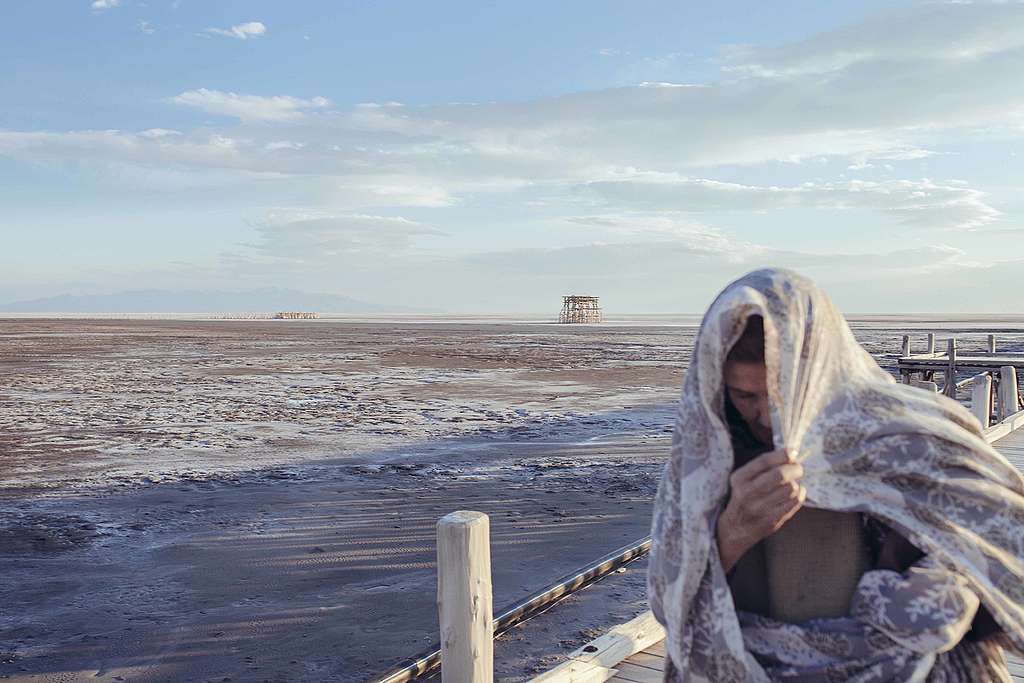
James Whitlow Delano, Photographer and Founder of EverdayClimateChange
Originally founded on Instagram, the EverydayClimateChange project has expanded to include physical exhibitions in Europe, Asia and North America, and the recently launched EverydayClimateChange Interviews on YouTube.
This is a balancing act, as you know. On the one extreme, I don’t want to give the impression to viewers that the situation is under control. Good efforts are being made but clearly the climate crisis is intensifying. On the other pole, we don’t want to post solely soul crushing environmental tragedies. Most of the photographers are reportage photographers and often document what is going on or, at least, the challenges. There must be a balance to give a sense of urgency while offering hope at the same time.
Work that provides a powerful contrast can speak to the crisis, or I also like work that surprises me. When I work, I often try to bring together beauty and nature out of balance, like at La Rinconada in Peru, an artisanal gold mine 5,200m up in the Andes at the base of what should be a pristine glacier. It is the highest permanent human settlement on earth and the miners follow the melting glacier up the mountain in search of new veins of gold. It is where hell meets heaven.
Social media is subject to trends. The question would be how long will people be engaged in a certain platform. That is another reason I have reached out beyond Instagram with this project because the climate crisis is the challenge of our time. I try to use each platform to their strengths. I think, for example, like exhibitions, EverydayClimateChange Interviews will lend an important new perspective to documenting the climate crisis by adding the human, experiential aspect to the photographers’ work. We are storytellers and I want to record our stories so that they can live on and inform future generations.
Tashiya de Mel, Photographer and Founder of Lost in Ceylon
Tashiya de Mel is a documentary photographer who uses her combined knowledge of visual storytelling and conservation to create narratives that drive social change and highlight impacts of the environmental and climate crisis. She is based in Colombo, Sri Lanka.
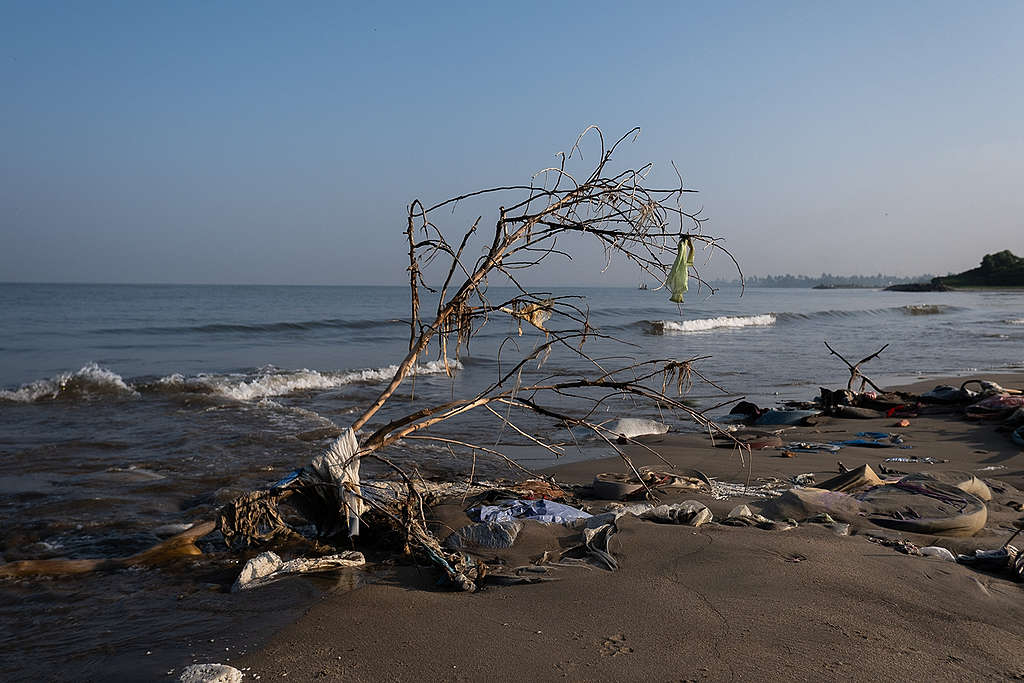
I spent much of my early adulthood exploring the remote corners of Sri Lanka. These experiences set in motion an ongoing love affair with the wildness of this world and a desire to reconnect people to it. It was when hiking through the central highlands of the island that I first fell in love with the medium of photography. I hoped to document the sheer beauty of what I saw. But I soon began to notice the impact we were having on our planet. Pollution, deforestation, and drought among other things, were exacting a heavy toll on our natural world.
This is what moves me to be a visual storyteller. By documenting the threats and the resilience of our natural world at the nexus of increasing anthropogenic activity, I want to tell the stories that we are too afraid to confront. If we want to step up, we must understand both what’s at stake and how the stories we tell and the images we make can turn us into an ally or threat.
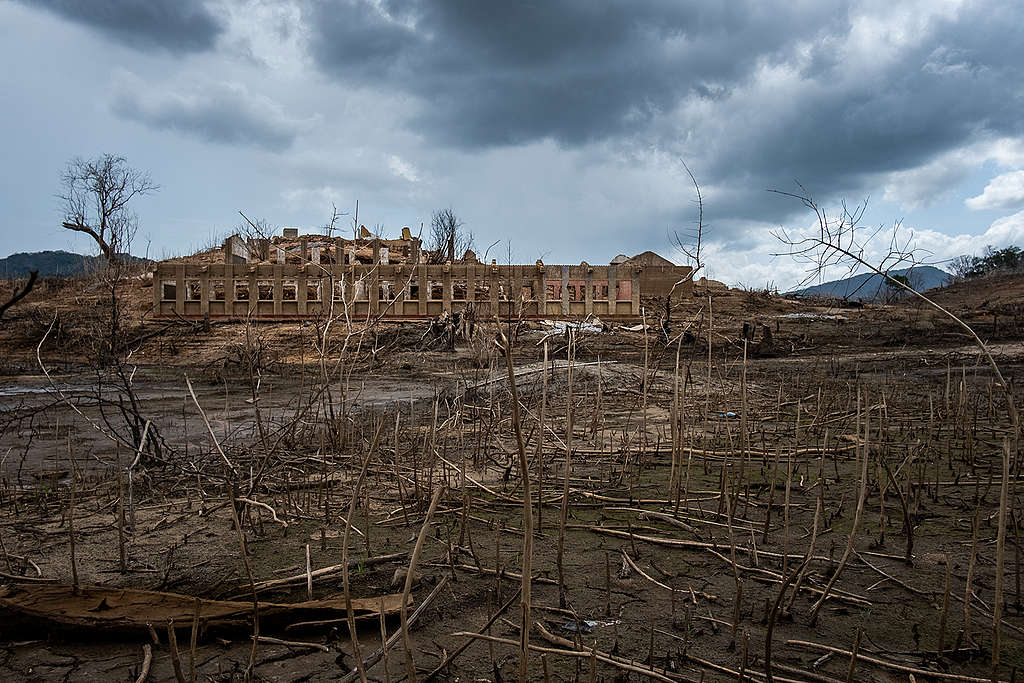
While there is a lot of scientific data available on the climate crisis, statistics and numbers alone can’t connect with people. Photography can really bridge that gap, and help visualise concepts and issues in ways that numbers are not able to.
Photography transcends cultural, social, and political barriers. It
can help us understand ourselves, our communities, and the world we live
in. A compelling photograph has the power to evoke emotion and provoke
thought. It can allow us to reimagine a healthier relationship with the
natural world and challenge public and political perceptions.
Lee Kuen is a Content Editor at Greenpeace International.

No comments:
Post a Comment
Note: Only a member of this blog may post a comment.